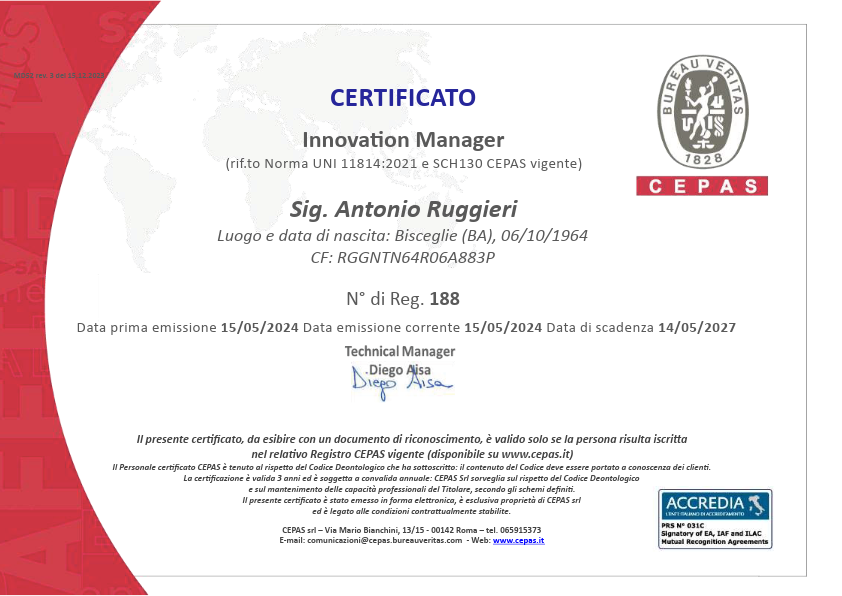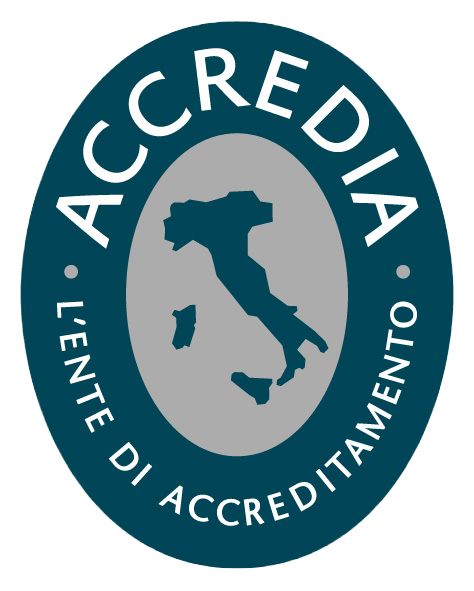The EU Taxonomy
The EU Taxonomy The concept of the EU Taxonomy has deep roots, emerging from a growing need to address environmental challenges globally. Initially conceived as part of the European Union's 2030 Agenda for sustainable development, the Taxonomy has evolved to become a fundamental regulatory tool. It was developed in response to the need for a coherent framework that could guide investments towards genuinely sustainable activities. Its development involved extensive dialogue among politicians, environmental experts, and financial sector stakeholders, culminating in the formulation of EU Regulation 2020/852. This evolution underscores the EU's commitment to integrating sustainability across all economic spheres.
The Environmental Objectives of the Taxonomy
The EU Taxonomy is centered around six fundamental environmental objectives. These include mitigating climate change, such as reducing greenhouse gas emissions, and adapting to climate change, focusing on measures to minimize the impact of climate changes. Other objectives include the sustainable use of water and marine resources, transitioning to a circular economy aiming to reduce waste and promote recycling, preventing and controlling pollution, and finally, protecting biodiversity and ecosystems. These objectives are crucial in directing investments towards projects that are not only economically advantageous but also bring tangible benefits to the environment.
The Criteria for Eco-compatibility
To qualify as eco-compatible according to the EU Taxonomy, activities must meet specific criteria. Firstly, they must contribute significantly to at least one of the six environmental objectives, without causing significant harm to the others. Moreover, these activities must respect high social and labor standards, in line with international regulations such as those of the International Labour Organization (ILO). Finally, they must comply with specific technical criteria, ensuring the adequacy and effectiveness of the adopted sustainability measures. These rigorous standards ensure that only genuinely sustainable activities are promoted and supported.
The Taxonomy Regulation: Details and Application
EU Regulation 2020/852 constitutes the legal basis of the European Taxonomy. This document establishes detailed rules for classifying economic activities as sustainable. Transparency is crucial: companies must disclose how their activities align with the Taxonomy's objectives. This not only increases investor awareness of sustainable opportunities but also encourages companies to undertake more environmentally friendly initiatives.
Implementation and Impacts of the Taxonomy
The EU Taxonomy marks a significant era in the history of sustainable investments, offering a clear framework for transitioning to a greener and more responsible economy. As companies and investors adjust to these new standards, we expect a positive and lasting impact on the environment and society. Future prospects suggest further evolution and integration of the Taxonomy into the EU's economic and financial strategies, strengthening its key role in global sustainability.
Future Perspectives
The implementation of the EU Taxonomy requires a joint commitment from Member States and companies. The implementation phase involves adjusting business practices to the Taxonomy criteria, a challenge that requires both internal restructuring and strategic innovation. The long-term impacts include a market more oriented towards sustainability, with potential benefits for the environment and the economy in general. This process will contribute to creating a more responsible and conscious investment ecosystem.







